I was an on and off pescatarian for the last few years before I turned vegan in January 2020. The reasons why I decided to go on a plant-based diet included better health, environmental sustainability and animal welfare.
A plant-based or plant-forward diet consists only or mostly food that come from plant sources, with more focus on whole fares rather than processed ones. It is a general term that covers various diets such as:
- Vegan Diet
A vegan diet excludes all food that contain animal products and byproducts. A plant-only regimen comprises vegetables, fruits, legumes, seeds, nuts, plant oils and whole grains.
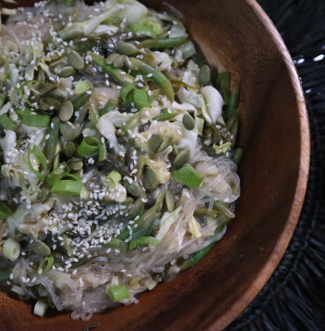
2. Vegetarian Diet
A vegetarian diet is less restrictive than a vegan one in that the former allows some animal products. Such diet can be:
a. Lacto-ovo Vegetarian – avoids meat but allows all dairy (lacto) products and eggs (ovo). Most vegetarians follow this diet.
b. Ovo Vegetarian – in comparison to the first, this eliminates all dairy products but includes eggs (ovo) and other food containing egg parts such as mayonnaise and most baked pastries.
c. Lacto Vegetarian – compared to the first type, this diet prohibits eggs but incorporates dairy products (lacto) like milk, cheese, cream, ice cream, yogurt, and butter.
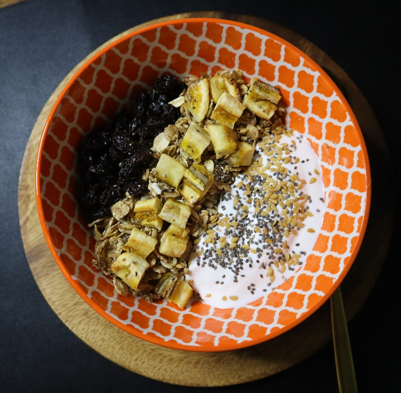

3. Pescatarian
A pescatarian diet, although comprised of occasional aquatic animal products, is often grouped together with vegetarian diets because it avoids all other types of meat except for fish, shellfish, and other seafood.
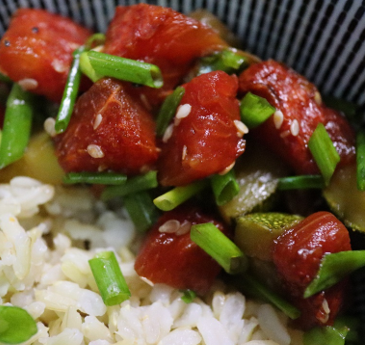

4. Flexitarian
A flexitarian mostly consumes food from plant sources but may occasionally eat meat, seafood and/or dairy products.
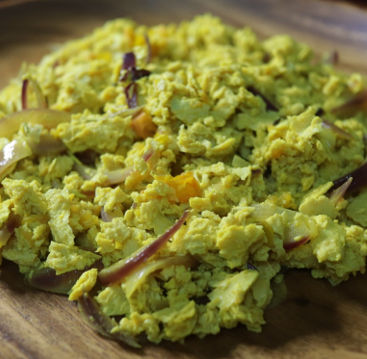

A plant-based diet has health benefits, including better weight management, lower risk of heart disease and other chronic conditions associated with high cholesterol. Vegetables, fruits, nuts and seeds are packed with nutrients, fiber and antioxidants which help fight disease. There’s a plethora of references with in-depth medical research findings but for a cursory initiation, I would suggest watching the documentary, “The Game Changers”.
Plant-based diets protect the lives of animals and uses fewer natural resources. Eating food sourced from plants is more sustainable as the meat industry produces higher greenhouse gas emissions, uses more water and is a major driver of deforestation and loss of biodiversity.
Try going more plant-forward with your diet. Introduce dishes from plant sources while cutting down animal products per meal. You will be more kind to your body, the animals and the environment one plate at a time. Every little green move counts!
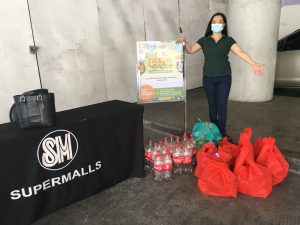
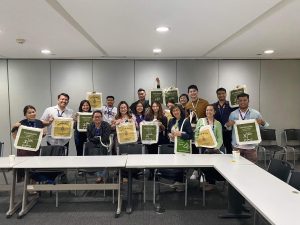
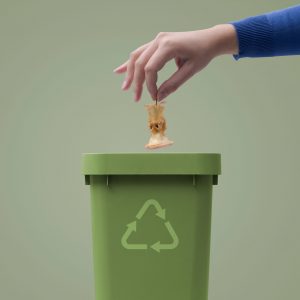
Reading your article has greatly helped me, and I agree with you. But I still have some questions. Can you help me? I will pay attention to your answer. thank you.